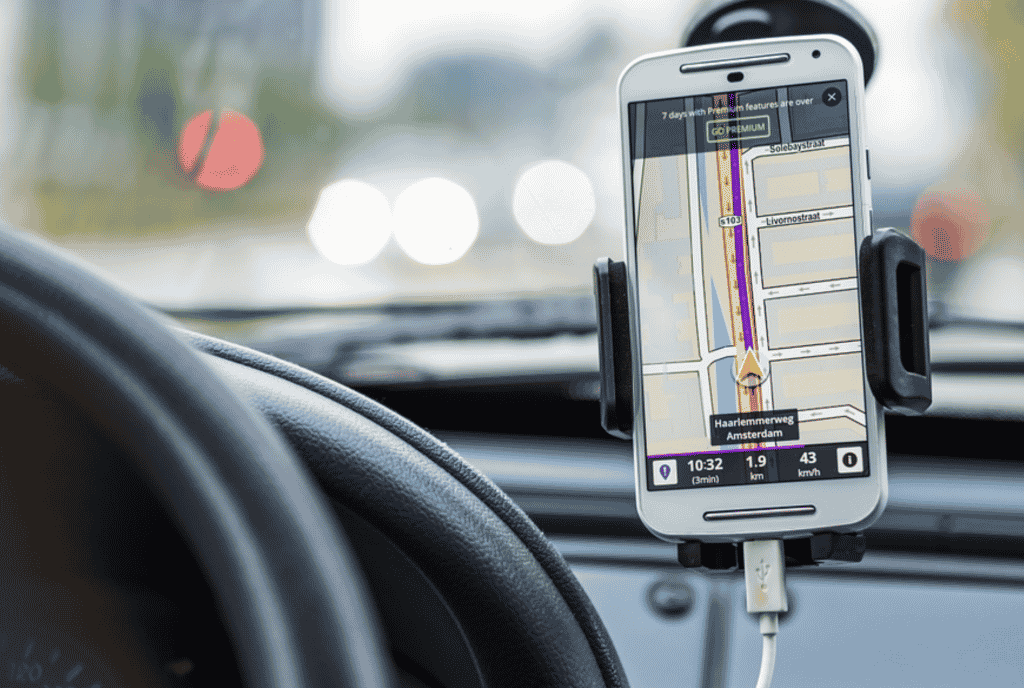It is never fun to replace valuable things after they have been lost or damaged. That’s why keeping track of your most expensive assets is very important, and it is equally critical to have the best tracking technology for the correct assets.
Tracking several log grapples in the forest compared to a light tower at a construction site requires different types of tracking solutions. GPS Asset Tracking and Bluetooth Asset Tracking are answers for both of these issues, but which tracking solution works best for each scenario?
Here are the differences between GPS Asset Tracking and Bluetooth Asset Tracking.
GPS Asset Tracking: GPS Asset Tracking is designed for non-moveable assets such as trailers, light towers, containers and even portable toilets. The GPS trackers share the exact location of the asset and connect to the GPS system’s server. Many services provide real-time updates on the asset as well.
Bluetooth Asset Tracking: This is meant for valuable tools like jackhammers, concrete saws and power generators for example. Bluetooth tracking sets come with several key fob-sized beacons and are linked to the server by a gateway device or a smartphone app.
Once the main tracking device comes in range of the beacons, it receives the assets’ up-to-date position data so you can quickly find them. Bluetooth tracking generally does not provide the exact location of an asset, but many services share latitude, longitude, and date information so it is easy to locate.
Compare and Contrast: The main difference is that GPS asset tracking is used for large, non-mobile assets while Bluetooth asset tracking is made for expensive tools and handheld items.
GPS Asset Tracking technology also shares the exact location of an item while Bluetooth gives the user a general data once they are in range of the assets.
Similarities: There are a few differences between GPS and Bluetooth asset tracking technology, but ultimately both do the same job of locating your stuff. Both types of tracking technology feature movement alerts and last-known location data, giving the user 24/7 coverage on their asset(s).
GPS and Bluetooth tracking devices are mounted on the exterior of an asset and are almost always designed to withstand extreme weather and temperatures since they are used in the outdoors. They are often waterproof and many services offer solar-powered trackers that save energy over time. Additionally, both asset trackers can have up to a 10-year battery life on a single charge.
These trackers are made with your convenience in mind. Once they are set up, you don’t have to worry about a device’s battery running out or a snowstorm damaging the beacons.
Wrap-Up: Every tool or asset requires a different tracking solution. If you want to keep track of a bunch of port-o-potties at a music festival, then GPS asset tracking is the way to go, but if you want to relocate expensive tools on a construction site, then Bluetooth asset tracking is the ideal choice.
